News
Hibiscus: The Enigmatic Beauty of the Floral Realm
Introduction
Hibiscus, a genus that encompasses a vast array of flowering plants, has captivated human fascination for centuries. With its resplendent blossoms, diverse forms, and rich cultural significance, it has found a place in gardens, art, cuisine, and traditional medicine across the globe. This essay delves deep into the world of hibiscus, exploring its botanical characteristics, ecological roles, cultural manifestations, and practical uses.
Botanical Profile
The hibiscus genus belongs to the family Malvaceae and comprises hundreds of species, both annual and perennial. These plants display a remarkable range of sizes and growth habits. Some are diminutive shrubs, scarcely reaching a meter in height, while others, like the Hibiscus rosa-sinensis, can tower up to several meters, forming imposing bushes with a lush canopy of foliage.
The leaves of hibiscus are typically alternate, simple, and lobed, with serrated edges. Their texture varies from smooth to slightly hairy, and the color ranges from a vibrant green to a more subdued, deep green hue. This foliage provides an attractive backdrop to the real stars of the show – the flowers.
Hibiscus flowers are renowned for their flamboyant display. They are large, often measuring between 5 to 30 centimeters in diameter, depending on the species. The most characteristic feature is the prominent central stamen tube, which protrudes from the flower, housing numerous stamens and a single style. The petals, which can number from five to numerous in some cultivars, are arranged in a whorl around the stamen tube. These petals come in a kaleidoscope of colors, including vivid reds, pinks, oranges, yellows, whites, and even combinations thereof. Some varieties feature petals with delicate gradients, adding an extra layer of allure. For instance, the Hibiscus syriacus, commonly known as the Rose of Sharon, showcases blossoms with petals that fade from a deep mauve at the base to a pale pink at the tips, creating a truly enchanting effect.
Ecological Significance
In the natural ecosystem, hibiscus plays several crucial roles. It serves as a vital nectar source for a plethora of pollinators. Bees, butterflies, and hummingbirds are frequent visitors, attracted by the copious amounts of nectar secreted by the flowers. As these pollinators feed, they inadvertently transfer pollen from one flower to another, facilitating cross-pollination and ensuring the genetic diversity and survival of the species. In regions where hibiscus is native, such as tropical and subtropical areas, it forms an integral part of the food web. For example, certain moths lay their eggs on hibiscus leaves, and the emerging caterpillars feed on the foliage, in turn providing a food source for birds and other insectivores.
Moreover, hibiscus plants contribute to soil health. Their roots help in soil aeration and prevent erosion, especially in areas prone to heavy rainfall. When the leaves and flowers eventually fall and decompose, they enrich the soil with organic matter, enhancing its fertility and promoting the growth of other plant species in the vicinity.
Cultural and Symbolic Meanings
Throughout history, hibiscus has been imbued with profound cultural and symbolic significance. In many Asian cultures, it is associated with femininity, beauty, and grace. In ancient China, the Hibiscus rosa-sinensis was a symbol of royalty and was often depicted in imperial artworks. It was also used in the decoration of palaces and gardens, signifying prosperity and good fortune. In Japan, the flower is a popular motif in traditional paintings and textiles, representing the transient nature of beauty, much like the cherry blossom.
In the Hawaiian Islands, the yellow hibiscus (Hibiscus brackenridgei) is the official state flower. It is deeply woven into the fabric of Hawaiian culture, adorning leis and other ceremonial ornaments. It symbolizes friendship, hospitality, and the aloha spirit, and is a ubiquitous presence in Hawaiian celebrations and daily life. In Hinduism, the hibiscus flower holds religious importance and is often offered to deities during worship. It is considered sacred and is believed to possess purifying qualities.
Across Africa, different tribes have incorporated hibiscus into their cultural traditions. In some regions, it is used in traditional marriage ceremonies, where garlands of hibiscus flowers are exchanged between the bride and groom as a symbol of love and commitment. In art and folklore, it features prominently, with tales and songs dedicated to its beauty and significance.
Culinary Applications
Beyond its ornamental and cultural value, hibiscus has found its way into the culinary world. The dried calyces of certain hibiscus species, most notably Hibiscus sabdariffa, are used to make a tart and refreshing beverage known by various names, such as hibiscus tea, sorrel (in the Caribbean), or agua de Jamaica (in Mexico). To prepare this drink, the dried calyces are steeped in hot water, often with the addition of sugar, honey, or other sweeteners, and sometimes flavored with ginger, cinnamon, or citrus fruits. The resulting infusion has a deep crimson color and a tangy flavor profile, with notes of cranberry and raspberry. It is not only a popular thirst quencher but also believed to have several health benefits, which will be explored later.
In some Middle Eastern and North African cuisines, hibiscus flowers are used in the preparation of salads and desserts. The petals are added fresh, lending a touch of color and a mild floral flavor. They can be candied and used as a decorative element on cakes and pastries, adding an elegant and exotic touch. In Southeast Asia, young hibiscus leaves are sometimes cooked and consumed as a vegetable, either stir-fried with garlic and spices or added to soups and stews.
Medicinal Properties and Health Benefits
Hibiscus has a long history of use in traditional medicine systems around the world. Modern scientific research has also begun to uncover the potential health benefits associated with its consumption. The antioxidant-rich nature of hibiscus is one of its most touted qualities. Compounds such as flavonoids, anthocyanins, and phenolic acids present in the plant help combat oxidative stress in the body, which is linked to various chronic diseases, including heart disease, cancer, and neurodegenerative disorders.
Studies have suggested that regular consumption of hibiscus tea may have a positive impact on blood pressure regulation. The bioactive compounds in the tea appear to have vasodilatory effects, helping to relax blood vessels and lower blood pressure levels. It has also shown promise in managing cholesterol levels, potentially reducing LDL (bad) cholesterol and triglycerides while maintaining or increasing HDL (good) cholesterol.
In addition, hibiscus has been investigated for its anti-inflammatory properties. It may help alleviate symptoms associated with inflammatory conditions such as arthritis and gastritis. Some preliminary research indicates that it could have a beneficial effect on liver health, aiding in detoxification processes and protecting against liver damage caused by toxins.
Gardening and Cultivation
For gardening enthusiasts, hibiscus offers a rewarding cultivation experience. They are relatively adaptable plants, but they do have preferences. Most hibiscus species thrive in warm, sunny locations with well-drained soil. In temperate regions, they can be grown as container plants, allowing them to be moved indoors during the colder months. When planting hibiscus, it is essential to provide adequate space, as some varieties can spread and grow quite large.
Propagation can be achieved through seeds, cuttings, or grafting. Seeds should be sown in a warm, moist environment, and germination can take anywhere from a few days to a few weeks. Cuttings, taken from healthy, mature plants, are a popular method as they often result in plants that are true to the parent's characteristics. Grafting is sometimes used to combine the desirable traits of different hibiscus varieties, such as disease resistance and unique flower colors.
Pruning is an important aspect of hibiscus care. Regular pruning helps maintain a compact shape, encourages bushier growth, and promotes the production of more flowers. It is typically done in late winter or early spring before the new growth begins. During the growing season, hibiscus plants should be watered regularly, especially during dry spells, but care should be taken to avoid overwatering, which can lead to root rot. Fertilization with a balanced, slow-release fertilizer can provide the necessary nutrients for vigorous growth and abundant flowering.
Conclusion
The hibiscus, with its multifaceted allure, truly stands as a remarkable gift of nature. From the botanical wonder of its intricate flowers and foliage to its ecological importance as a pollinator magnet and soil enhancer, it enriches our natural world. Culturally, it has served as a canvas for human expression, a symbol of cherished values, and a centerpiece in countless traditions. In the kitchen and the apothecary, it offers both gastronomic delights and potential health remedies. Whether adorning a tropical landscape, gracing a ceremonial occasion, or brightening up a home garden, the hibiscus continues to weave its magic, captivating hearts and minds across continents and generations. As we further explore and understand this extraordinary genus, we uncover new depths to its beauty and utility, ensuring its place in our lives for years to come. It is a testament to the fact that nature's creations often hold far more than meets the eye, inviting us to embrace and cherish them in all their complexity.
In conclusion, hibiscus is not merely a flower; it is a living testament to the intertwined relationship between nature, culture, and human well-being. Its story is one of continuous discovery, and as we turn each petal, we reveal yet another chapter of its remarkable existence.
Categories
Contact Us
- +86-18055849900
- +86-18055849900
- admin@high-key.cn
- +86-18055849900

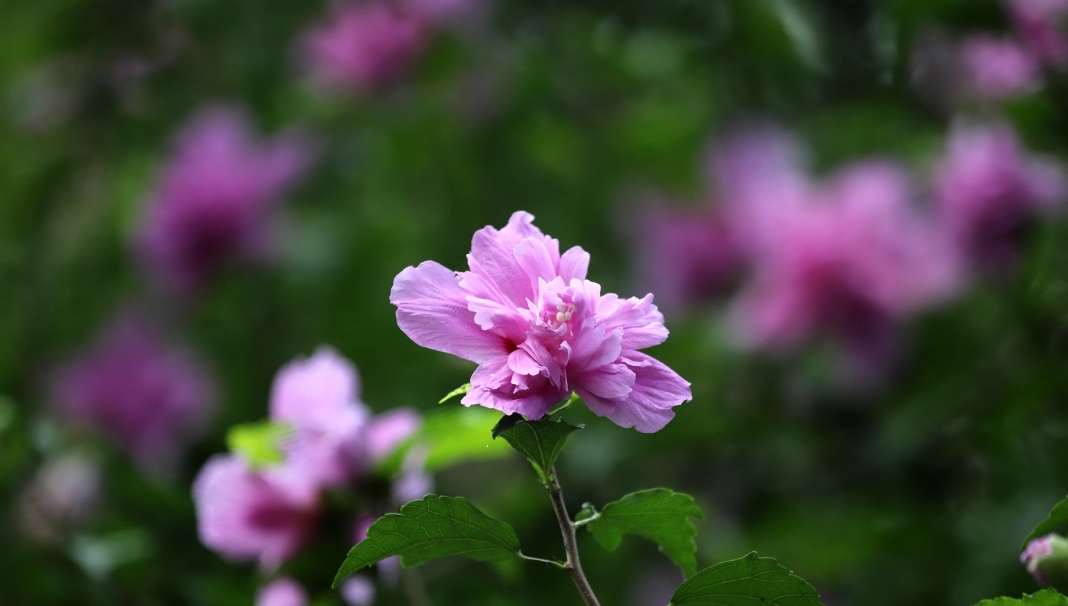
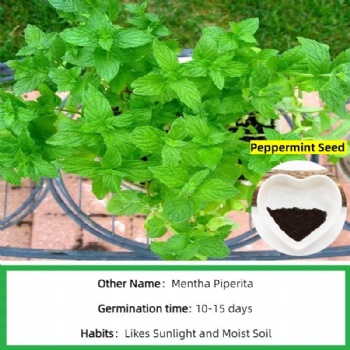
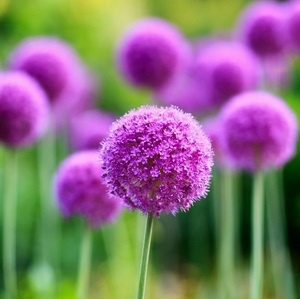
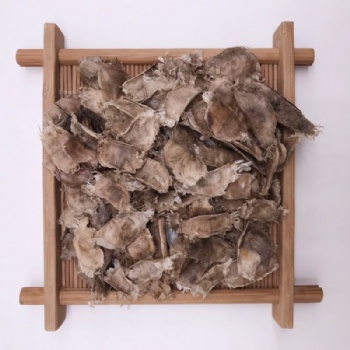
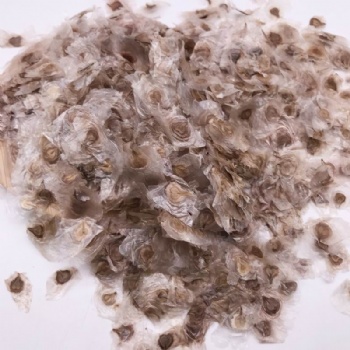
 售前客服
售前客服
